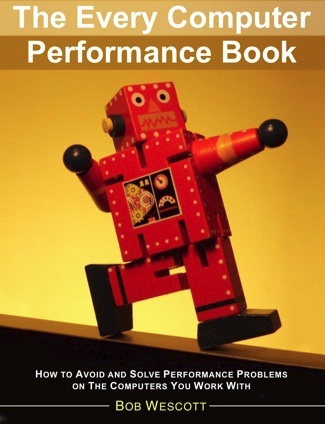At the Grand Canyon there are many places where you can walk right up to a cliff where, with one more step, you will fall hundreds of feet to your death. The closer you are to the edge of a cliff, the more precisely you need to know your location. In your campsite, a half-mile away, your exact location is not so life-critical. This is also true in performance work.
If the numbers show a resource will be 20-25% busy at peak, I would not spend more time getting a more precise version of that number. You could be off by a factor of two and the resource would most likely be fine at 40-50% busy. Obviously, the closer you are to some performance limit, the more careful you have to be with your calculations, models and predictions.
With any prediction of future behavior there will also be some error, some uncertainty. Some of this is your fault; some of it is the fault of the person who specified the peak load to plan for; and some of it is the fault of the users who didn’t do exactly what was anticipated on that peak day.
When the boss says plan for a peak load that is 2x the observed load, do what you are asked. Then, look to see if you are close to “the edge” of the performance cliff. If you are close to some limit, go back to the boss and show what you’ve found and ask: “How sure are you about your predicted peak load?”
I’ve seen many cases where, when shown how close to the edge a system would be at peak, the decision makers change their minds and give me a different number to plan for. Sometimes that number is:
- Bigger because they want to buy a new stuff
- Smaller because they don’t want to spend money
- Bigger to protect the budget for next year
- Smaller because they just got new growth projections
- Different than the last number because of the crisis they are dealing with at the moment you happened to ask
It your job is to advise, not decide. Present your data, give your best advice, and be at peace. A business decision weighs costs, risks, politics, and the art of what is possible.
Bob Wescott is the author of “The Every Computer Performance Book”.
Related Links:
More information on this, and many other useful ideas, can be found in Wescott's book:







